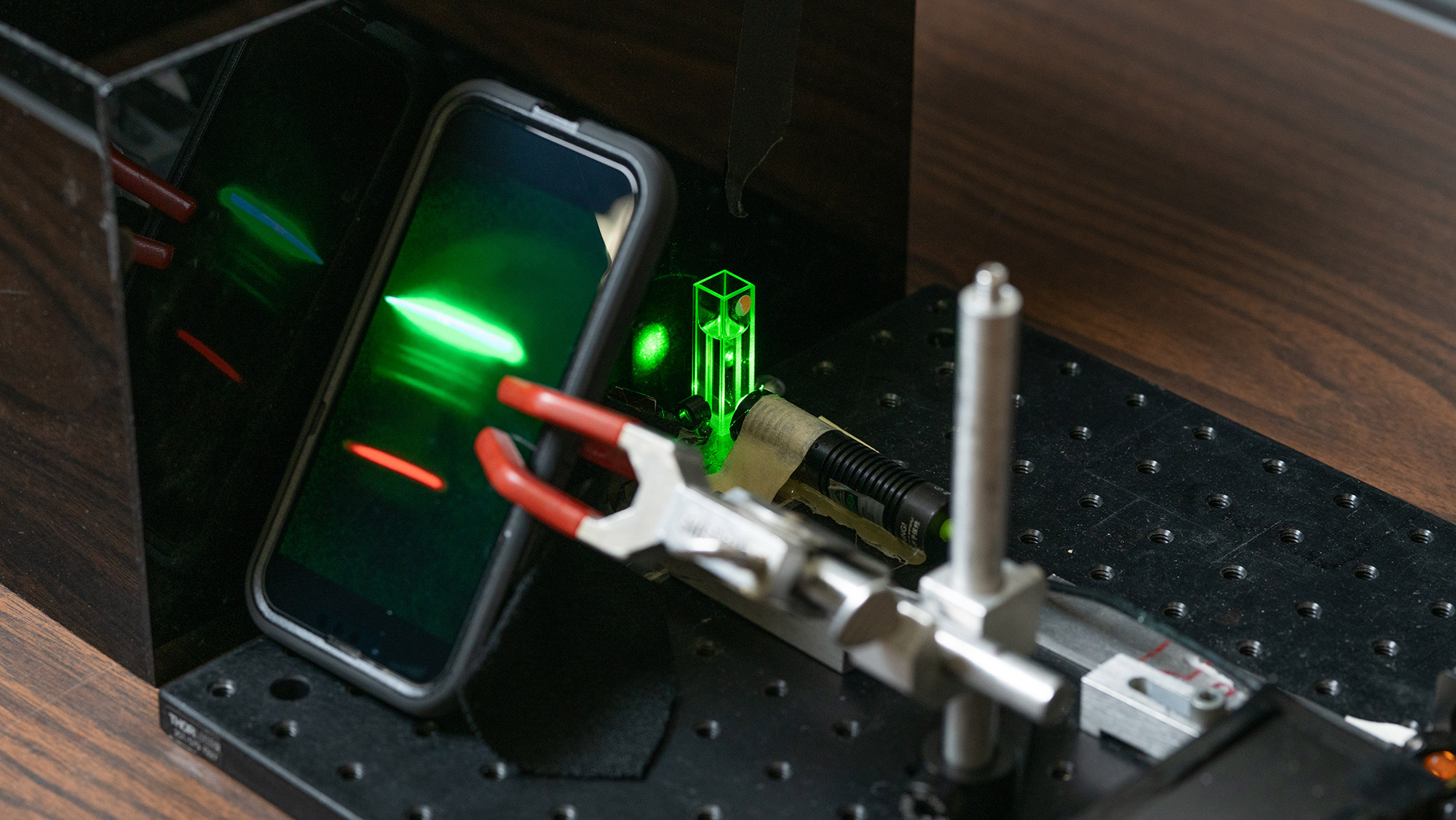CORE update of August 07, 2024: the CORE list of outbreaks and adverse events includes eight activities. A new outbreak of Cyclospora cayetanensis illnesses (ref #1245) with an unidentified product has been added to the table. FDA has initiated traceback. Another new outbreak of Salmonella Newport (ref #1248), also without an identified product, has been added to the table. The outbreak of
Salmonella Irumu (ref #1235) in an identified product, the FDA has initiated sampling. In the outbreak of Salmonella Typhimurium (ref #1234), which also did not have an identified product, the case count increased from 87 to 88. The investigation of illnesses (ref #1233) linked to Diamond Shruumz-brand Chocolate Bars, Cones, and Gummies, the advisory has been updated to include additional illnesses. @ https://www.fda.gov/food/outbreaks-foodborne-illness/investigations-foodborne-illness-outbreaks?utm_medium=email&utm_source=govdelivery


